Potential evaluation indexes for the efficacy of immunotherapy for in small cell lung cancer
DOI: 10.23977/tranc.2024.050116 | Downloads: 18 | Views: 1190
Author(s)
Meiyi You 1, Ting Zhong 1, Chunchu Kong 1
Affiliation(s)
1 Respiratory Department Four, The First Affiliated Hospital of Hunan Normal University (Hunan Provincial People's Hospital), Changsha, China
Corresponding Author
Chunchu KongABSTRACT
Platinum-based chemotherapy has traditionally been the cornerstone of first-line treatment for small cell lung cancer (SCLC), offering limited but significant survival benefits. In recent years, the advent of immunotherapy has introduced new possibilities for SCLC treatment, particularly through immune checkpoint inhibitors. Despite this progress, the clinical efficacy of immunotherapy remains suboptimal, as reflected in modest response rates and limited durability of responses. These challenges are largely attributed to the low sensitivity and specificity of currently available biomarkers. Consequently, there is an urgent clinical need to identify and validate more reliable biomarkers to guide immunotherapy and optimize patient outcomes. This review critically examines recent advancements in biomarker research within the SCLC landscape, focusing on four key categories: Immune Checkpoint-Related Biomarkers, Tumor-Specific Biomarkers, Tumor Microenvironment-Related Biomarkers, and Peripheral Blood-Related Biomarkers. The overarching goal is to identify biomarker-driven strategies that can refine patient selection, promote personalized and precision-based treatments, enhance quality of life, and ultimately extend survival in SCLC patients.
KEYWORDS
Small cell lung cancer; Immunotherapy; BiomarkersCITE THIS PAPER
Meiyi You, Ting Zhong, Chunchu Kong, Potential evaluation indexes for the efficacy of immunotherapy for in small cell lung cancer. Transactions on Cancer (2024) Vol. 5: 119-126. DOI: http://dx.doi.org/10.23977/tranc.2024.050116.
REFERENCES
[1] Ettinger D.S., Wood D.E., Aisner D.L., Akerley W., Bauman J.R., Bharat A., Bruno D.S., Chang J.Y., Chirieac L.R., Decamp M., et al. (2023). NCCN guidelines insights: Non-small cell lung cancer, version 2.2023. J. Natl. Compr. Canc. Netw., 21(4), 340-350.
[2] Mamdani H., Matosevic S., Khalid A.B., Durm G., Jalal S.I. (2022). Immunotherapy in lung cancer: Current landscape and future directions. Front. Oncol., 13, 823618.
[3] Horn L., Mansfield A.S., Szczęsna A., Havel L., Krzakowski M., Hochmair M.J., Huemer F., Losonczy G., Johnson M.L., Nishio M., et al. (2018). First-line atezolizumab plus chemotherapy in extensive-stage small-cell lung cancer. N. Engl. J. Med., 379, 2220-2229.
[4] Paz-Ares L., Dvorkin M., Chen Y., Reinmuth N., Hotta K., Trukhin D., Statsenko G., Hochmair M.J., Özgüroğlu M., Ji J.H., et al. (2019). Durvalumab plus platinum-etoposide versus platinum-etoposide in first-line treatment of extensive-stage small-cell lung cancer (CASPIAN): A randomised, controlled, open-label, phase 3 trial. Lancet, 394, 1929-1939.
[5] Liu S.V., Reck M., Mansfield A.S., Mok T., Scherpereel A., Reinmuth N., Garassino M.C., De Castro Carpeno J., Califano R., Nishio M., et al. (2021). Updated overall survival and PD-L1 subgroup analysis of patients with extensive-stage small-cell lung cancer treated with atezolizumab, carboplatin, and etoposide (IMpower133). J. Clin. Oncol., 39, 619-630.
[6] Chung H.C., Piha-Paul S.A., Lopez-Martin J., Schellens J.H.M., Kao S., Miller W.H., Delord J., Gao B., Planchard D., Gottfried M., et al. (2020). Pembrolizumab after two or more lines of previous therapy in patients with recurrent or metastatic SCLC: Results from the KEYNOTE-028 and KEYNOTE-158 studies. J. Thorac. Oncol., 15, 618-627.
[7] Acheampong E., Abed A., Morici M., Bowyer S., Amanuel B., Lin W., Millward M., Gray S. (2020). Tumour PD-L1 expression in small-cell lung cancer: A systematic review and meta-analysis. Cells-Basel, 9, 2393.
[8] Schoenfeld A.J., Rizvi H., Bandlamudi C., Sauter J.L., Travis W.D., Rekhtman N., Plodkowski A.J., Perez-Johnston R., Sawan P., Beras A., et al. (2020). Clinical and molecular correlates of PD-L1 expression in patients with lung adenocarcinomas. Ann Oncol., 31, 599-608.
[9] Kontos F., Michelakos T., Kurokawa T., Sadagopan A., Schwab J.H., Ferrone C.R., Ferrone S. (2021). B7-H3: An attractive target for antibody-based immunotherapy. Clinical Cancer Research, 27, 1227-1235.
[10] Carvajal-Hausdorf D., Altan M., Velcheti V., Gettinger S.N., Herbst R.S., Rimm D.L., Schalper K.A. (2019). Expression and clinical significance of PD-L1, B7-H3, B7-H4 and TILs in human small cell lung cancer (SCLC). Journal for immunotherapy of cancer, 7, 65.
[11] Johnson M., Awad M., Koyama T., Gutierrez M., Falchook G.S., Piha-Paul S.A., Doi T., Satoh T., Okamoto N., Singh J. (2023). OA05. 05 Ifinatamab Deruxtecan (I-DXd; DS-7300) in patients with refractory SCLC: A subgroup analysis of a phase 1/2 study. J Thorac Oncol, 18, S54-S55.
[12] Wang J., Duan J., Xing L., Sun Y., Guo W., Wang H., Chen J., Han L., Liu B., Wang Q. (2023). ARTEMIS-001: Phase 1 study of HS-20093, a B7-H3–targeting antibody-drug conjugate, in patients with advanced solid tumor. American Society of Clinical Oncology.
[13] Boumber Y. (2018). Tumor mutational burden (TMB) as a biomarker of response to immunotherapy in small cell lung cancer. J Thorac Dis, 10, 4689-4693.
[14] Alexandrov L.B., Nik-Zainal S., Wedge D.C., Aparicio S.A., Behjati S., Biankin A.V., Bignell G.R., Bolli N., Borg A., Børresen-Dale A.L., et al. (2013). Signatures of mutational processes in human cancer. Nature, 500, 415-421.
[15] Hellmann M.D., Callahan M.K., Awad M.M., Calvo E., Ascierto P.A., Atmaca A., Rizvi N.A., Hirsch F.R., Selvaggi G., Szustakowski J.D., et al. (2018). Tumor mutational burden and efficacy of nivolumab monotherapy and in combination with ipilimumab in small-cell lung cancer. Cancer Cell, 33, 853-861.
[16] Sivapalan L., Iams W.T., Belcaid Z., Scott S.C., Niknafs N., Balan A., White J.R., Kopparapu P., Cann C., Landon B.V., et al. (2023). Dynamics of sequence and structural cell-free DNA landscapes in small-cell lung cancer. Clinical Cancer Research, 29, 2310-2323.
[17] Rudin C.M., Balli D., Lai W.V., Richards A.L., Nguyen E., Egger J.V., Choudhury N.J., Sen T., Chow A., Poirier J.T., et al. (2023). Clinical benefit from immunotherapy in patients with SCLC is associated with tumor capacity for antigen presentation. Journal of Thoracic Oncology, 18, 1222-1232.
[18] Gay C.M., Stewart C.A., Park E.M., Diao L., Groves S.M., Heeke S., Nabet B.Y., Fujimoto J., Solis L.M., Lu W., et al. (2021). Patterns of transcription factor programs and immune pathway activation define four major subtypes of SCLC with distinct therapeutic vulnerabilities. Cancer Cell, 39, 346-360.
[19] Zugazagoitia J., Osma H., Baena J., Ucero Á.C., Paz-Ares L. (2024). Facts and hopes on cancer immunotherapy for small cell lung cancer. Clinical Cancer Research, OF1-OF12.
[20] Rudin C.M., Poirier J.T., Byers L.A., Dive C., Dowlati A., George J., Heymach J.V., Johnson J.E., Lehman J.M., Macpherson D., et al. (2019). Molecular subtypes of small cell lung cancer: a synthesis of human and mouse model data.Nature Reviews Cancer , 19, 289-297.
[21] Skopelidou V., Strakoš J., škarda J., Raška M., Kafková-Rašková L. (2023). Potential predictors of immunotherapy in small cell lung cancer. Pathology and Oncology Research, 29, 1611086.
[22] Xie M., Vuko M., Rodriguez-Canales J., Zimmermann J., Schick M., O'Brien C., Paz-Ares L., Goldman J.W., Garassino M.C., Gay C.M., et al. (2024). Molecular classification and biomarkers of outcome with immunotherapy in extensive-stage small-cell lung cancer: analyses of the CASPIAN phase 3 study. Molecular Cancer, 23, 115.
[23] Honnorat J., Antoine J. (2007). Paraneoplastic neurological syndromes. Orphanet J Rare Dis, 2, 1-8.
[24] Roper N., Velez M.J., Chiappori A., Kim Y.S., Wei J.S., Sindiri S., Takahashi N., Mulford D., Kumar S., Ylaya K. (2021). Notch signaling and efficacy of PD-1/PD-L1 blockade in relapsed small cell lung cancer. Nat Commun, 12, 3880.
[25] Su P., Chakravarthy K., Furuya N., Brownstein J., Yu J., Long M., Carbone D., Li Z., He K. (2024). DLL3-guided therapies in small-cell lung cancer: from antibody-drug conjugate to precision immunotherapy and radioimmunotherapy. Molecular cancer, 23, 97.
[26] Vogrig A., Pegat A., Villagrán-García M., Wucher V., Attignon V., Sohier E., Brevet M., Rogemond V., Pinto A., Muñiz-Castrillo S., et al. (2023). Different genetic signatures of small-cell lung cancer characterize anti-GABAB R and anti-Hu paraneoplastic neurological syndromes. Annals of Neurology, 94, 1102-1115.
[27] Lim J.U., Kang H.S. (2021). A narrative review of current and potential prognostic biomarkers for immunotherapy in small-cell lung cancer. Annals of Translational Medicine, 9, 809.
[28] Kanemura H., Hayashi H., Tomida S., Tanizaki J., Suzuki S., Kawanaka Y., Tsuya A., Fukuda Y., Kaneda H., Kudo K., et al. (2022). The tumor immune microenvironment and frameshift neoantigen load determine response to PD-L1 blockade in extensive-stage SCLC. JTO Clinical and Research Reports, 3, 100373.
[29] Rudin C.M., Balli D., Lai W.V., Richards A.L., Nguyen E., Egger J.V., Choudhury N.J., Sen T., Chow A., Poirier J.T., et al. (2023). Clinical benefit from immunotherapy in patients with SCLC is associated with tumor capacity for antigen presentation. Journal of Thoracic Oncology, 18, 1222-1232.
[30] Carvajal-Hausdorf D., Altan M., Velcheti V., Gettinger S.N., Herbst R.S., Rimm D.L., Schalper K.A. (2019). Expression and clinical significance of PD-L1, B7-H3, B7-H4 and TILs in human small cell lung cancer (SCLC). J Immunother Cancer, 7, 1-9.
[31] Rudin C.M., Balli D., Lai W.V., Richards A.L., Nguyen E., Egger J.V., Choudhury N.J., Sen T., Chow A., Poirier J.T. (2023). Clinical benefit from immunotherapy in patients with SCLC is associated with tumor capacity for antigen presentation. J Thorac Oncol, 18, 1222-1232.
[32] Wang X., Teng F., Kong L., Yu J. (2016). Pretreatment neutrophil-to-lymphocyte ratio as a survival predictor for small-cell lung cancer. OncoTargets and therapy, 9, 5761-5770.
[33] Riemann D., Turzer S., Ganchev G., Schütte W., Seliger B., Möller M. (2023). Monitoring blood immune cells in patients with advanced small cell lung cancer undergoing a combined immune checkpoint inhibitor/chemotherapy. Biomolecules, 13, 190.
[34] Li M., Spakowicz D., Burkart J., Patel S., Husain M., He K., Bertino E.M., Shields P.G., Carbone D.P., Verschraegen C.F., et al. (2019). Change in neutrophil to lymphocyte ratio during immunotherapy treatment is a non-linear predictor of patient outcomes in advanced cancers. journal of Cancer Research and Clinical Oncology, 145, 2541-2546.
[35] Hanahan D., Weinberg R.A. (2011). HPretreatment neutrophil-to-lymphocyte ratio as a survival predictor for small-cell lung cancerallmarks of cancer: The next generation. Cell, 144, 646-674.
[36] Mezquita L., Auclin E., Ferrara R., Charrier M., Remon J., Planchard D., Ponce S., Ares L.P., Leroy L., Audigier-Valette C., et al. (2018). Association of the lung immune prognostic index with immune checkpoint inhibitor outcomes in patients with advanced non-small cell lung cancer. Jama Oncol, 4, 351.
[37] Li L., Pi C., Yan X., Lu J., Yang X., Wang C., Li X., Zhang S., Zhang Z., Sun Y., et al. (2021). Prognostic value of the pretreatment lung immune prognostic index in advanced small cell lung cancer patients treated with first-line PD-1/PD-L1 inhibitors plus chemotherapy. Front Oncol, 11,697865.
| Downloads: | 1236 |
|---|---|
| Visits: | 98798 |
Sponsors, Associates, and Links
-
MEDS Clinical Medicine
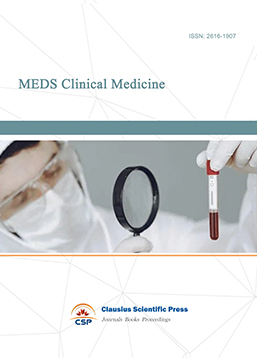
-
Journal of Neurobiology and Genetics

-
Medical Imaging and Nuclear Medicine

-
Bacterial Genetics and Ecology
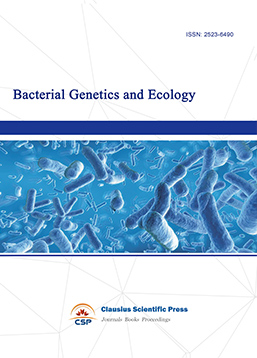
-
Journal of Biophysics and Ecology
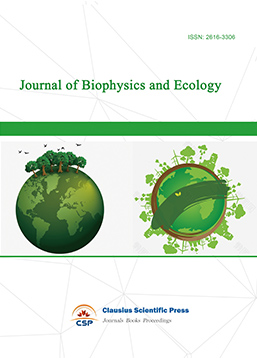
-
Journal of Animal Science and Veterinary
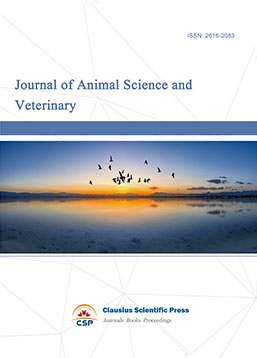
-
Academic Journal of Biochemistry and Molecular Biology
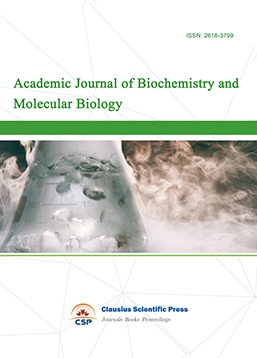
-
Transactions on Cell and Developmental Biology
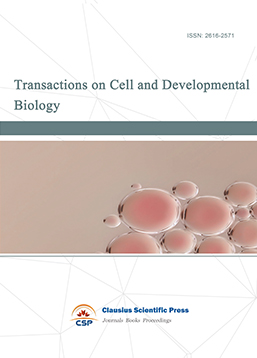
-
Rehabilitation Engineering & Assistive Technology
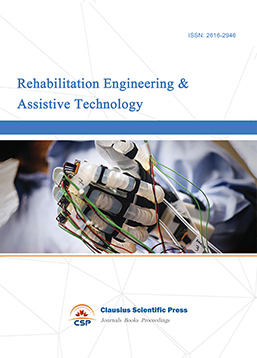
-
Orthopaedics and Sports Medicine
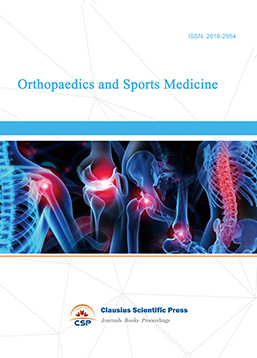
-
Hematology and Stem Cell

-
Journal of Intelligent Informatics and Biomedical Engineering
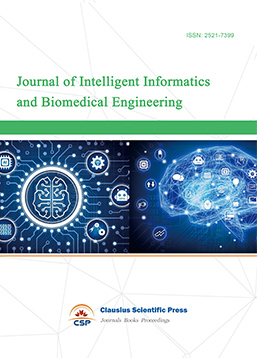
-
MEDS Basic Medicine
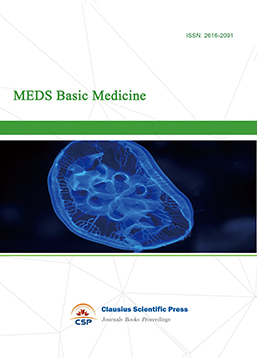
-
MEDS Stomatology
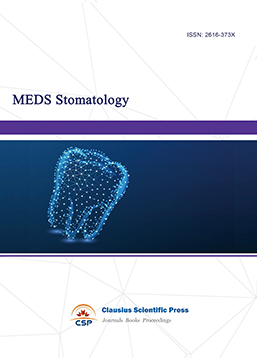
-
MEDS Public Health and Preventive Medicine
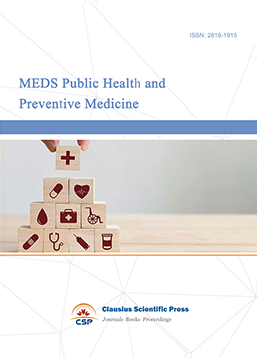
-
MEDS Chinese Medicine
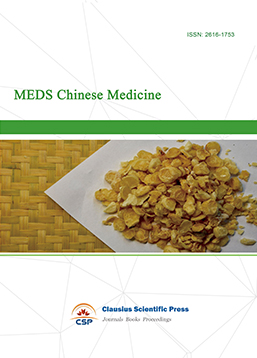
-
Journal of Enzyme Engineering
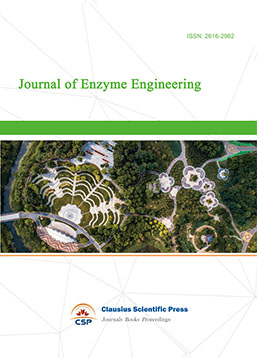
-
Advances in Industrial Pharmacy and Pharmaceutical Sciences
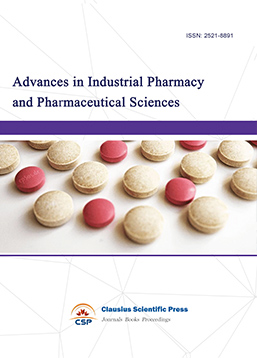
-
Bacteriology and Microbiology
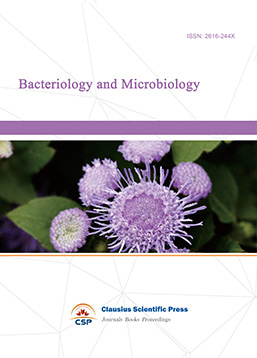
-
Advances in Physiology and Pathophysiology
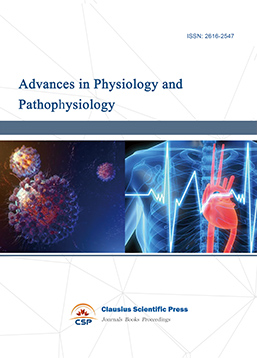
-
Journal of Vision and Ophthalmology
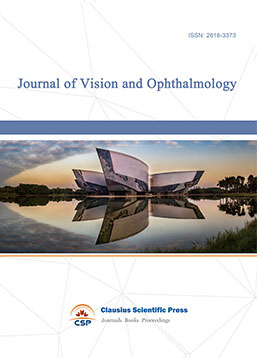
-
Frontiers of Obstetrics and Gynecology

-
Digestive Disease and Diabetes
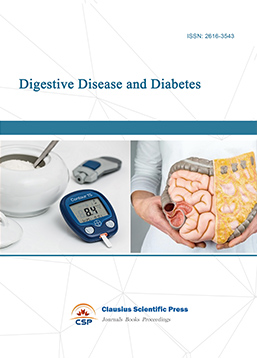
-
Advances in Immunology and Vaccines

-
Nanomedicine and Drug Delivery
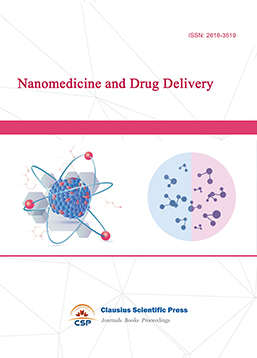
-
Cardiology and Vascular System
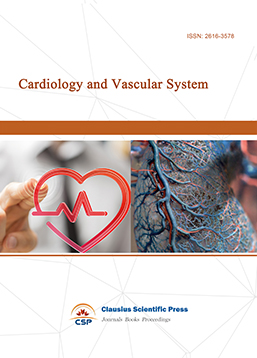
-
Pediatrics and Child Health
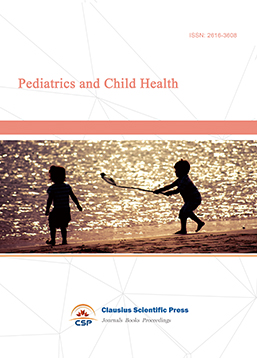
-
Journal of Reproductive Medicine and Contraception
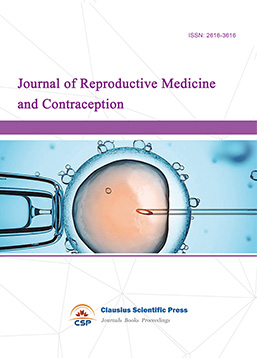
-
Journal of Respiratory and Lung Disease
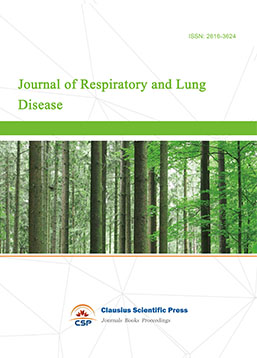
-
Journal of Bioinformatics and Biomedicine
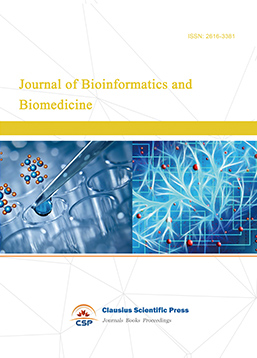

 Download as PDF
Download as PDF